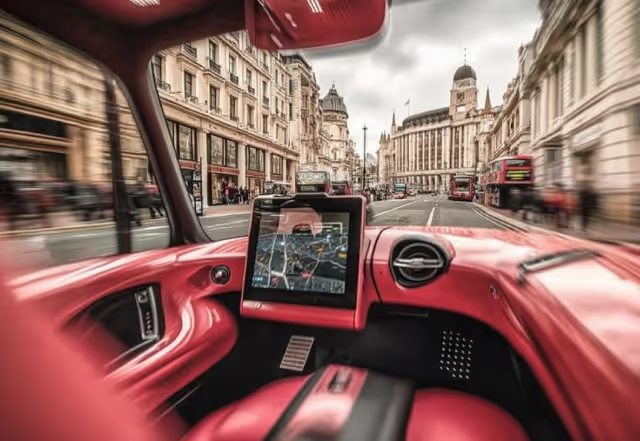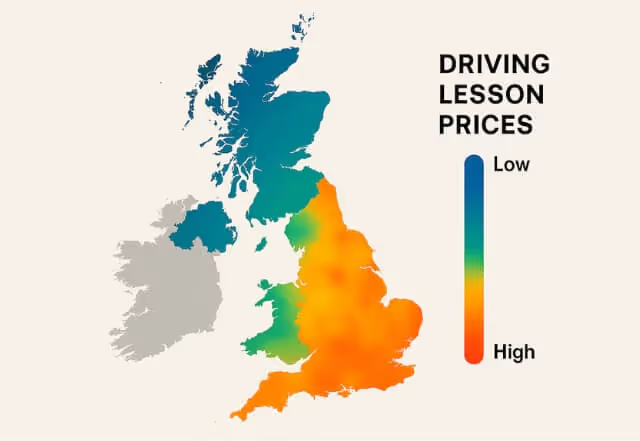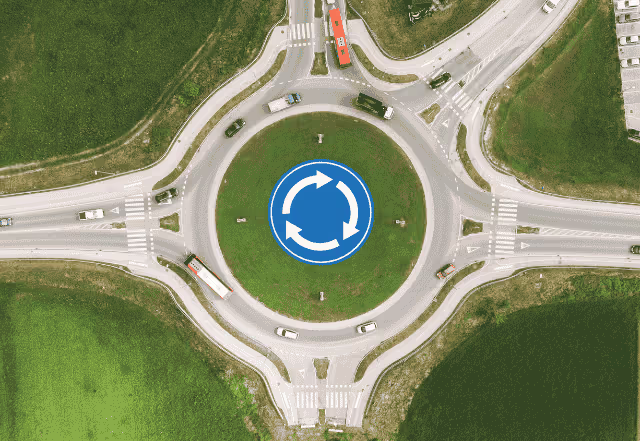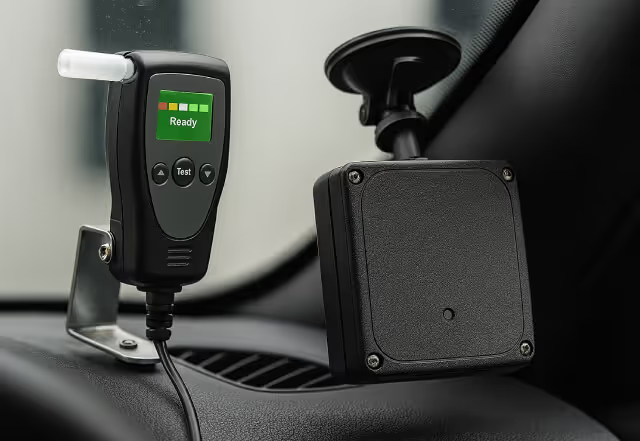And How Can You Become a Great Driver Learner and Driver?
Learning to drive is an exciting milestone at any age, but it comes with its challenges. The process demands patience, self-awareness, and the ability to control both the mechanics of driving and the rules of the road. While some learners pick things up faster than others, the question remains: what truly sets a great driver learner apart from the crowd?
Let’s explore the key habits and qualities that you can acquire as well.
1. A Positive and Open Mindset
Attitude is everything. Great learners approach each lesson with a positive mindset, treating mistakes as opportunities to improve. Rather than seeing errors as failures, they recognise them as part of the learning process.
Tip: If you stall at a busy junction or misjudge a turn, take a deep breath and reset. Learning from these experiences will make you a more capable driver in the long run.
2. Consistency and Commitment
Driving, like any skill, requires regular practice. The best learners ensure they drive consistently, whether through scheduled lessons or additional supervised practice as well as during different types of weather.
Tip: Short, frequent practice sessions are often more effective than long, infrequent ones. Regular exposure to driving helps retain skills and build confidence.
3. Respect for Road Rules and Safety
A great driver learner understands that learning to drive isn’t just about passing the test—it’s about becoming a safe and responsible road user. From speed limits to right-of-way rules, understanding the Highway Code from day one is essential.
Tip: Make a habit of scanning road signs, checking mirrors frequently, and maintaining safe following distances. These habits will serve you well in real-world driving.
4. Self-Evaluation and Reflection
Great learners don’t just rely on their instructors for feedback, but they also assess their own performance. After each lesson, they take a moment to reflect on what went well and what needs improvement in upcoming lessons.
Tip: Consider keeping a driving journal. Write down key takeaways after each lesson to track progress and identify areas that need more attention. If your instructor uses Varium, then notekeeping can be done more efficiently.
5. Patience and Perseverance
No one becomes an expert overnight. Driving involves learning new skills, adapting to different road conditions, and handling unexpected situations. A patient learner understands that setbacks are part of the journey.
Tip: If you’re struggling with a particular manoeuvre, don’t get discouraged. Break it down into smaller steps, practise gradually, and celebrate progress along the way.
6. Active Listening and Communication
Great learners engage actively with their instructor, asking questions when they don’t understand something and seeking clarification when needed. Communication ensures lessons are productive and tailored to their needs.
Tip: Don’t be afraid to ask your instructor for extra guidance on tricky areas like roundabouts or parallel parking. A good instructor will always be happy to help in a patient manner.
7. Building Confidence Gradually
Confidence behind the wheel doesn’t appear instantly—it develops over time. The best learners build their confidence gradually, tackling new challenges step by step.
Tip: Set small, achievable goals. One week, focus on mastering smooth gear changes; the next, work on roundabout navigation. Small wins build lasting confidence.
Final Thoughts
Being a great driver learner isn’t just about passing the test, it’s about developing the mindset, habits, and skills to be a safe and competent driver for life. By staying positive, practising regularly, respecting the rules, and actively engaging in the learning process, you’ll set yourself up for success on the road.
The journey to becoming a confident driver takes time, but with the right approach, you’ll not only pass your test, you’ll thrive on the road for years to come. Safe driving!








































